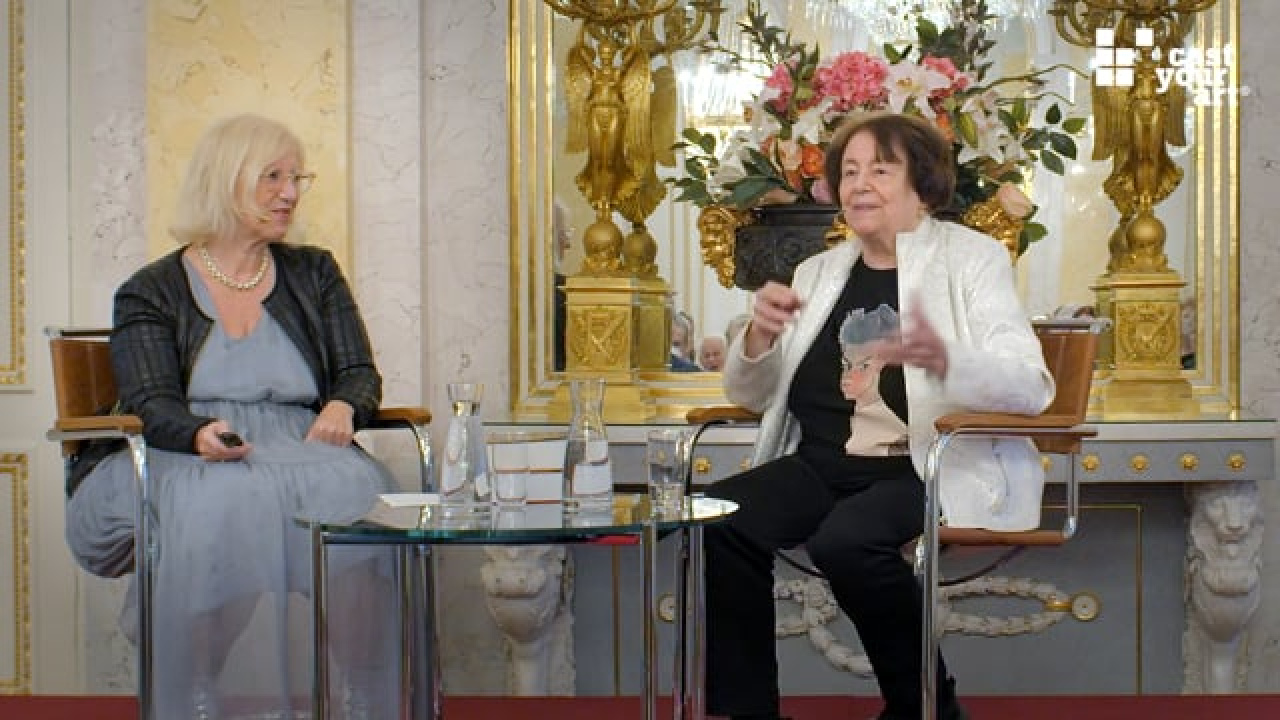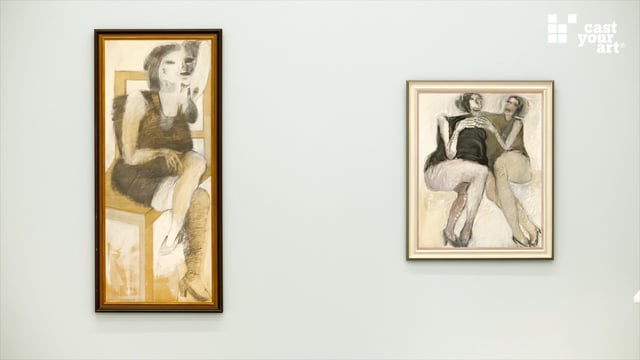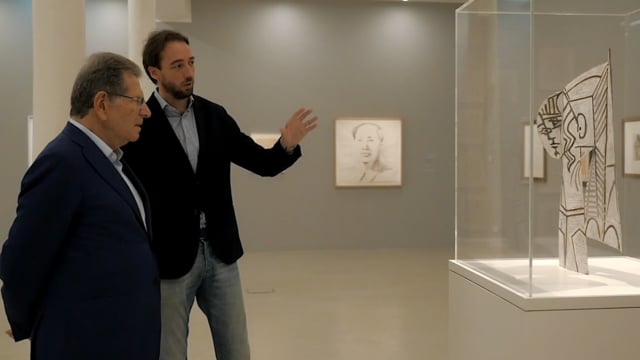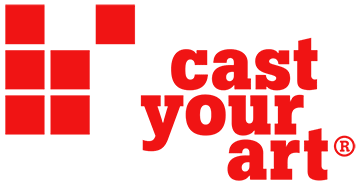HENRI DE TOULOUSE-LAUTREC. The Path to Modernism
On the occasion of the 150th birthday of this pioneer of modernism, Bank Austria Kunstforum shows the artists first comprehensive retrospective in Austria. Curated by Evelyn Benesch, the exhibition shows Lautrec’s multifaceted oeuvre with works on loan from international collections: paintings, works on paper, lithographs and posters. In this chronologically arranged exhibition, curator Benesch show less known aspects of Lautrec’s work.
From the late 1880ies on, Lautrec was a regular at the cabarets, brothels and dancehalls of Paris, drawing friends, artists, dancers and prostitutes. With his keen sense for movement and light he immortalized this world on paper, cardboard or canvas.
As a very accurate observer, he was attracted by the gestures of the singers and dancers, he also loved to caricature the hypocrisy of the powerful, who publicly condemned the depravity of the nightlife which they enjoyed themselves in private.
Degas remained an important reference for Lautrec, who worked with similar subjects like dancers and horses, although for Lautrec the fleeting movement was more important, for which he needed a very swift technique. He possessed a photographic memory and worked extremely quickly.
In contrast to the impressionists, Lautrec was not too interested in the landscape as a subject; he tended more towards the human figure in motion, using drawing in an expressive rather than in a merely descriptive way. He preferred indoor locations with artificial light that would allow him to play with colours and outlines in his subjective manner.
The owners of the cabarets of Montmartre asked him to design posters for announcing their performances. Lautrec was pleased as he drew everything he saw in his long nights.
These posters brought him fame and financial success. Unlike the misunderstood Van Gogh, he managed to sell his pictures and enjoyed recognition, even though it was owned to his posters and illustrations rather than his paintings.
His first poster, an illustration of the dancer La Gouloue in the Moulin Rouge music hall made Lautrec famous overnight. They were the two most important dancers of the Moulin Rouge: Louise Weber, known as La Goulue “gluttonous” (as she used to finish all the half empty glasses) and Jacques Renaudin, called “boneless” because of his suppleness.
With his gift for capturing the psychology and individual gestures of his characters, he shows their silhouettes as plane figures, cut out before a plane background, adjusting image and letters to a coherent composition, using techniques inspired by Japanese art (very much in fashion in Paris in those days): arabesques and silhouettes, asymmetrical composition and flat colour patches. His work inspired Van Gogh, Seurat, Rouault and many other artists interested in lithography and poster design.
In the 1890ies, Lautrec travelled and participated in exhibitions, he also travelled to London and did a portrait of Oscar Wilde, but his health deteriorated due to alcoholism and the symptoms of syphilis. After 1897 he suffered from depression, paralysis of the legs and obsessive behaviour. In a delirium he hallucinated, seeing spiders and shooting at them in his apartment. Nevertheless he kept working and painted swiftly and steadily. In 1899 he had to be interned in a sanatorium where he produced a series of pictures with the circus as a subject. These pictures are also on display in the Bank Austria Kunstforum.
After three months he was released from the sanatorium and moved to his mother’s residence near Bordeaux, where he died 1901, and one year after having suffered a stroke. He was 36 years old. In 1922, his mother and his arts dealer inaugurated the Toulouse-Lautrec museum in Albi, which supplied a number of works on loan in this exhibition. (Text written by Cem Angeli)
https://www.kunstforumwien.at/Das könnte Sie auch interessieren

ALBERTINA TALKS. Elisabeth Dutz im Gespräch mit Alessandra Comini
20. June 2022
FORUM FROHNER. 10 Jahre Jubiläum
29. January 2018
PICASSO - GORKY - WARHOL. At Kunsthalle Krems
8. August 2018
ALBERTINAmodern. Ein neues Museum entsteht
7. November 2019
JANO VASILKO. Bei C.A. Contemporary in Wien
29. October 2019
Tomak - PHANTOMAK
11. January 2012
JENNY SAVILLE. Gaze
20. May 2025
